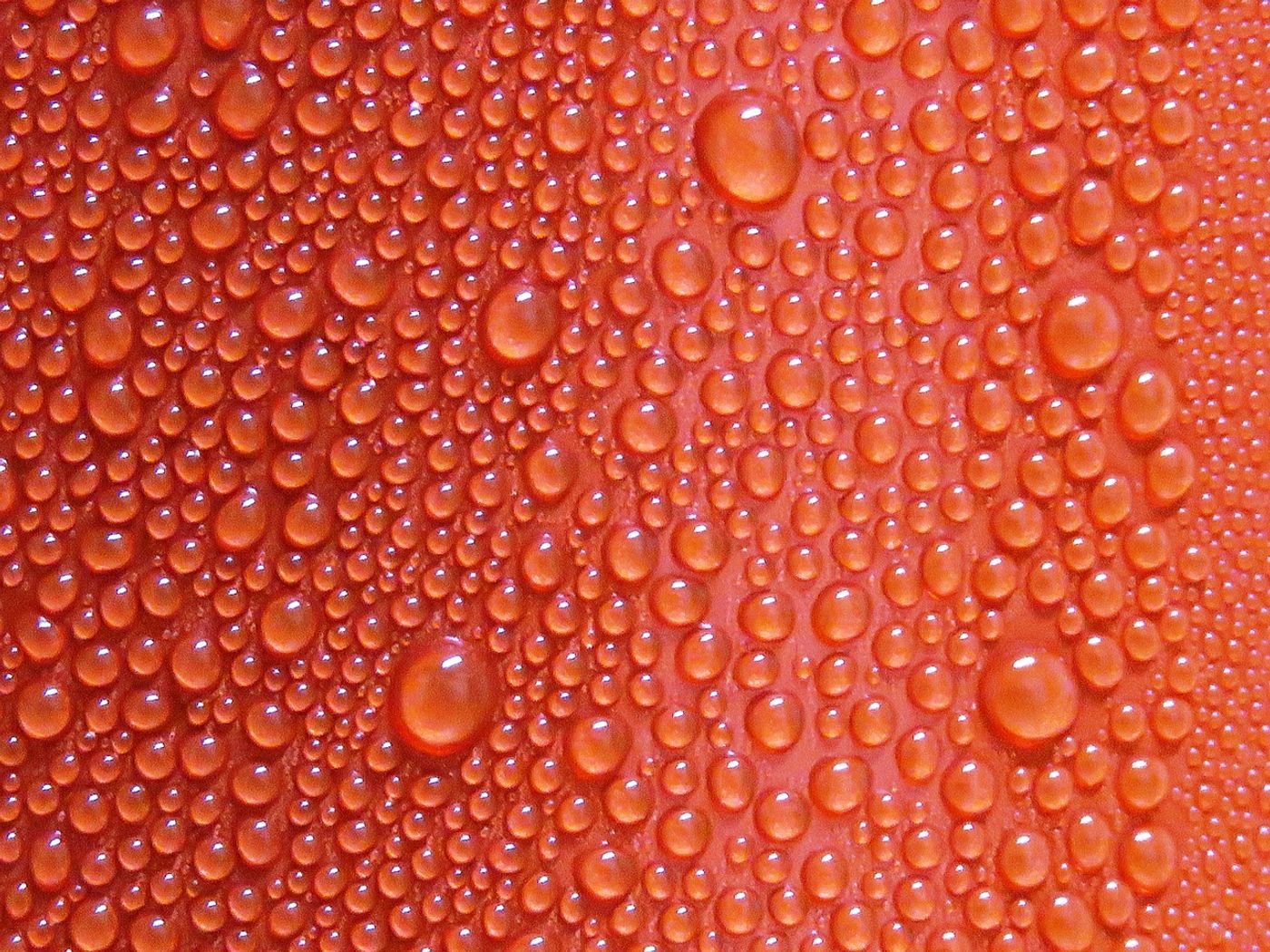Biofilm can Convert Energy from Evaporation into Electricity
In a recent study published in Nature Communications, a team of researchers at the University of Massachusetts (UMass) Amherst have engineered a microbial biofilm designed to produce evaporation-based electricity from evaporation. This finding could potentially transform the world of wearable electronics, including medical devices and personal electronics.
“This is a very exciting technology,” says Xiaomeng Liu, a PhD Candidate in the Electrical and Computer Engineering Department at UMass Amherst, and lead author of the study. “It is real green energy, and unlike other so-called ‘green-energy’ sources, its production is totally green.”
The biofilm used for this study is a paper-thick sheet of bacterial cells created naturally by an engineered version of the bacteria Geobacter sulfurreducens, which has been used previously in studies involving batteries and biosensors to power electrical devices. However, G. sulfurreducens required a diet of graphite to help it create electricity for those batteries and biosensors. Contrastingly, this new biofilm can produce equally, if not more, energy than similarly sized batteries, and works continuously because it’s biologically dead, so it doesn’t require food.
“It’s much more efficient,” says Derek Lovley, a Distinguished Professor of Microbiology at UMass Amherst, and a co-author on the study. “We’ve simplified the process of generating electricity by radically cutting back on the amount of processing needed. We sustainably grow the cells in a biofilm, and then use that agglomeration of cells. This cuts the energy inputs, makes everything simpler and widens the potential applications.”
The most remarkable feature of this new biofilm is its ability to create energy from the moisture on your skin. While solar energy is the most well-known renewable energy, a minimum of 50% of the solar radiation reaching the Earth goes toward evaporating water.
“This is a huge, untapped source of energy,” says Dr. Jun Yao, an Assistant Professor in the Electrical and Computer Engineering Department at UMass Amherst, and a co-author on the study. “The limiting factor of wearable electronics has always been the power supply. Batteries run down and have to be changed or charged. They are also bulky, heavy, and uncomfortable.”
“Our next step is to increase the size of our films to power more sophisticated skin-wearable electronics,” says Yao, while Liu indicates that one of the goals is to power entire systems of electronics, rather than single electronic devices.
Sources: Nature Communications, National Science Foundation
As always, keep doing science & keep looking up!









